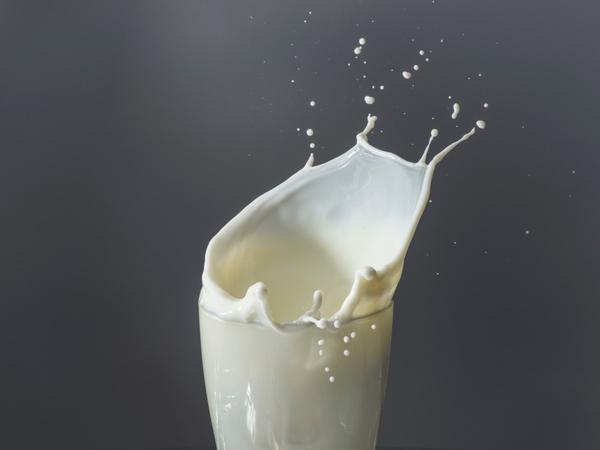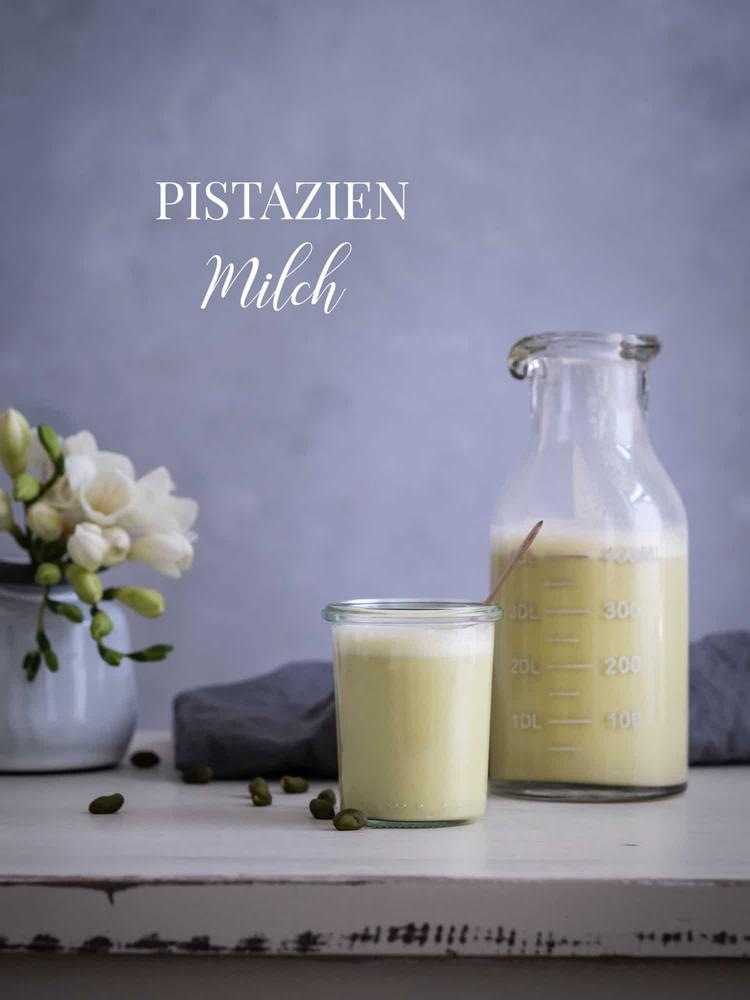
Barley grass and wheatgrass are now available in many supermarkets and drugstores in powder form or as capsules. They are said to be real health boosters. The grass is harvested after three to six weeks of germination, even before it forms kernels. The blades of grass are freeze-dried and processed into powder. The powder then ends up as an ingredient in green juices, smoothies, yoghurts or in salad dressings. Sometimes it can also be found as a ready-made drink. What can barley grass do, who is it suitable for and what needs to be considered?
super foods? Barley grass is no healthier than fresh fruits and vegetables
Especially on social media, influencers praise barley and wheatgrass as so-called superfoods. The green powder is also healthy, it has high nutrient content. The grasses contain vitamin C, vitamin B1 and vitamin A, iron, potassium, zinc, magnesium, calcium, copper and fiber. The manufacturers of the product not only advertise with positive effects on health. Barley grass is also said to promote hair growth and ensure stronger nails and more beautiful skin.
"Even if the fibrous stalks of wheat and barley grass contain valuable ingredients, their concentration is usually no higher than in fresh fruit and vegetables," explains the Federal Center for Nutrition. In order to achieve the recommended daily allowance for certain vitamins and minerals, very high amounts are required. The sometimes advertised active ingredient chlorophyll hardly plays a role in nutrition. The green plant pigment is "excreted largely unused because it cannot be absorbed by the body". In addition, the office points out that there have been hardly any scientific studies "that confirm the health benefits of grasses".
Who better to stay away from barley grass?
If you still treat yourself to a small health booster once a day, you should pay attention to the amount specified in the package instructions. Usually two heaped teaspoons of the powder end up in a glass of water. Stir well and enjoy. Caution: If you consume too much, you risk stomach ache. The fiber-rich barley grass is good for digestion, but only up to a certain amount.
The Federal Institute for Risk Assessment (BfR) also warns that the products can come into contact with pathogens such as Escherichia coli during cultivation and further processing. This is of concern because the grasses are not heated before they are processed into powder. Pregnant women and people with weakened immune systems should seek medical advice on whether barley grass and wheat grass are suitable for them.







